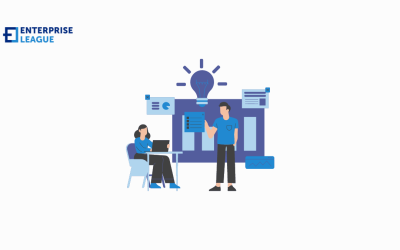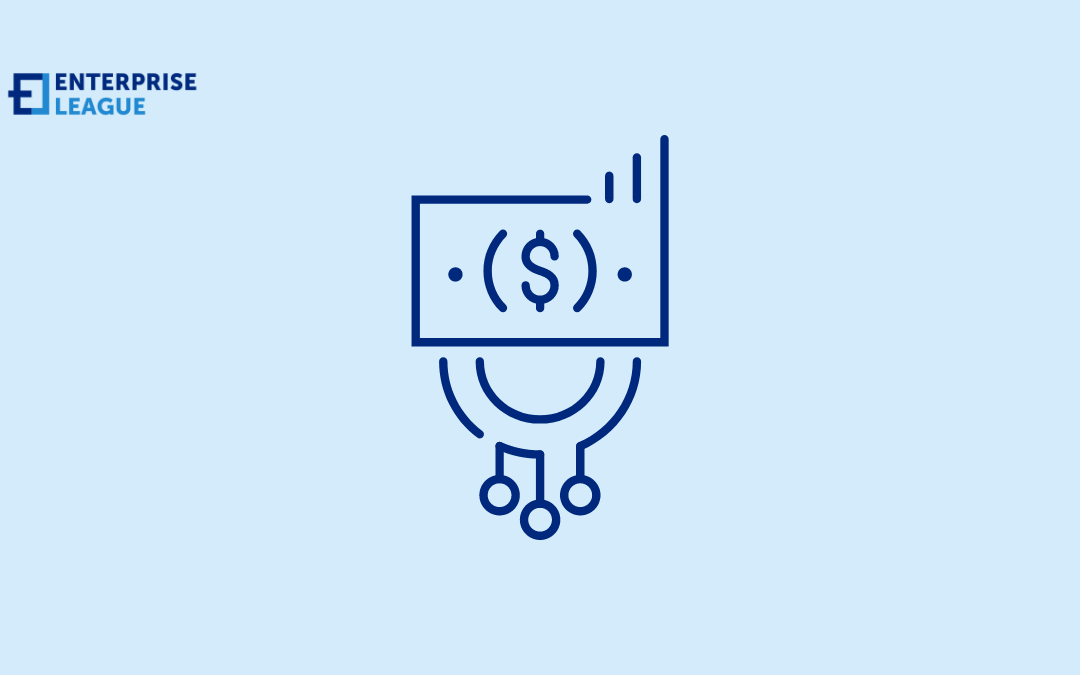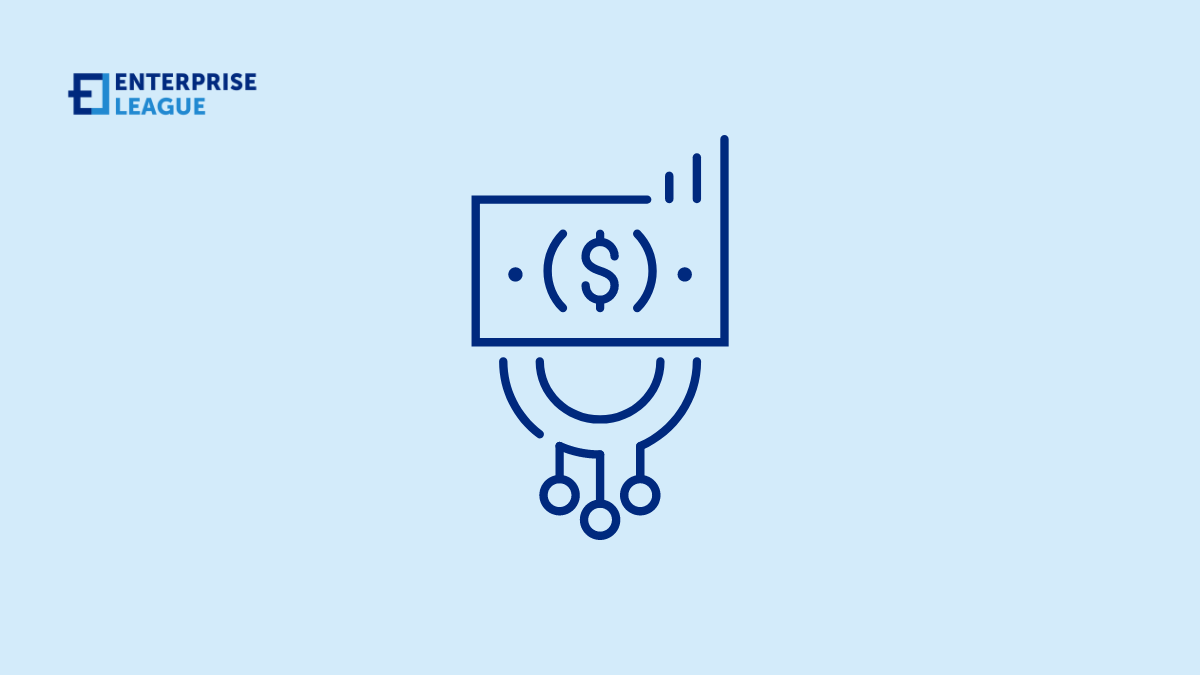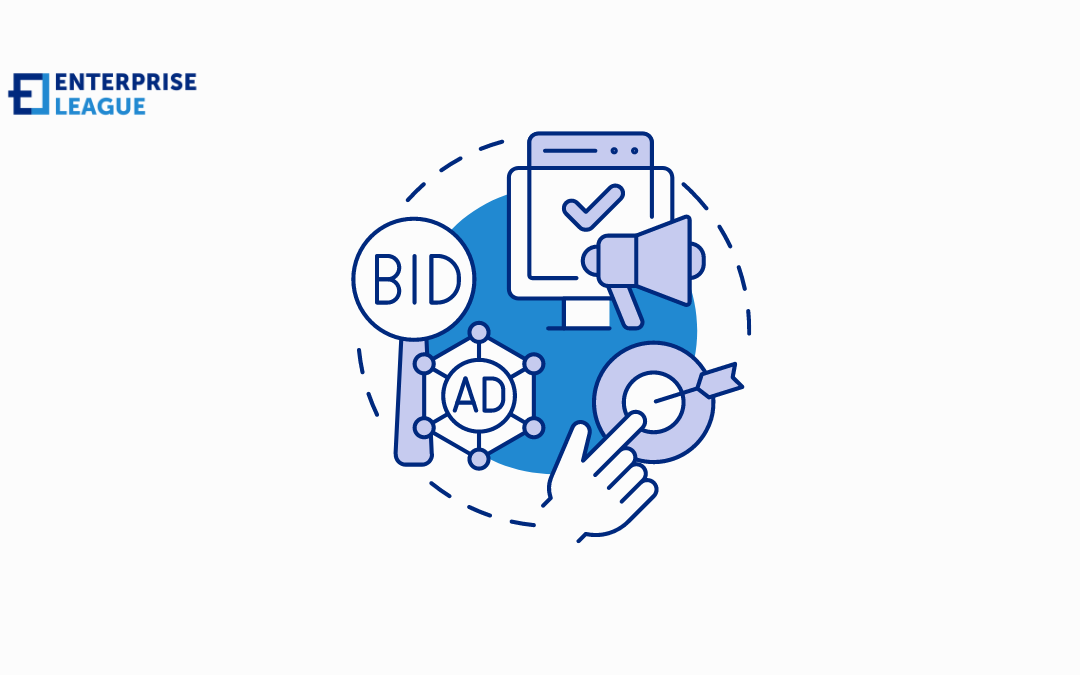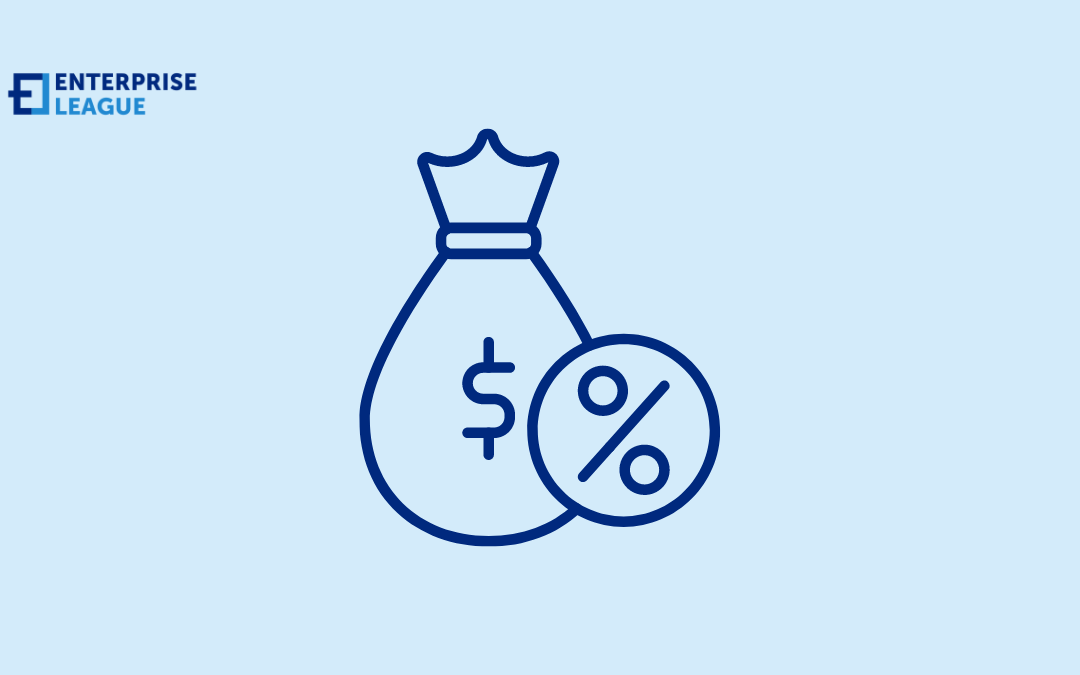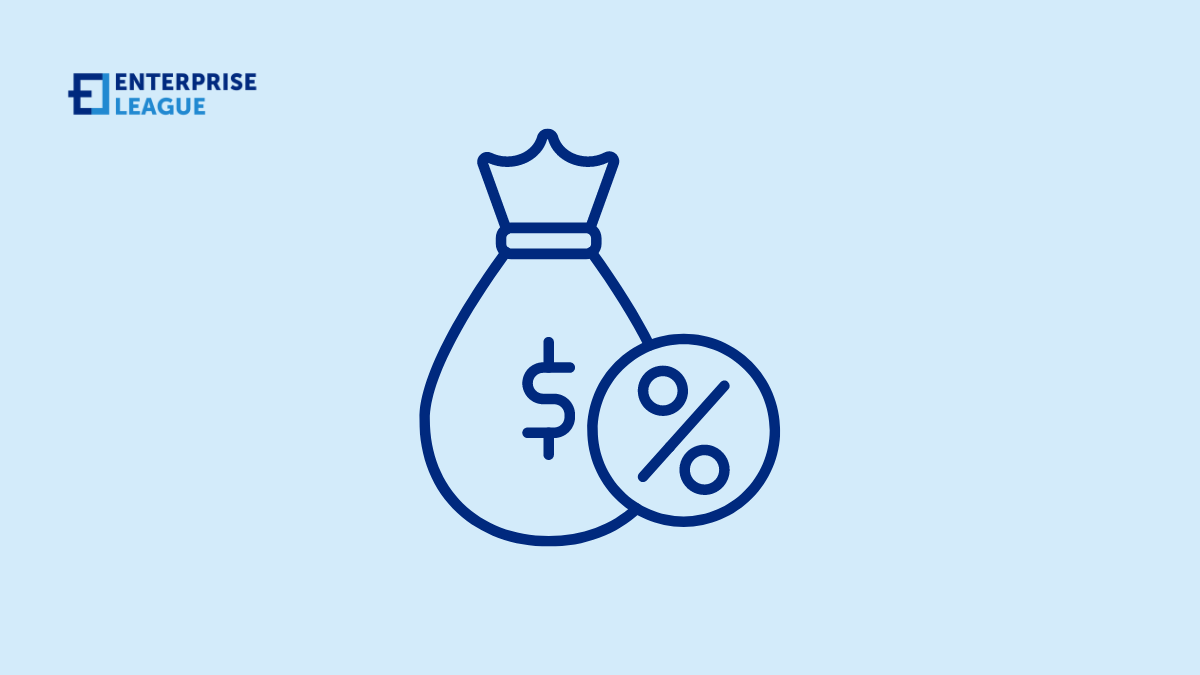We know that starting your own business can be a scary thing to do for most people, that’s why we made a list of encouraging 29 starting a business quotes.
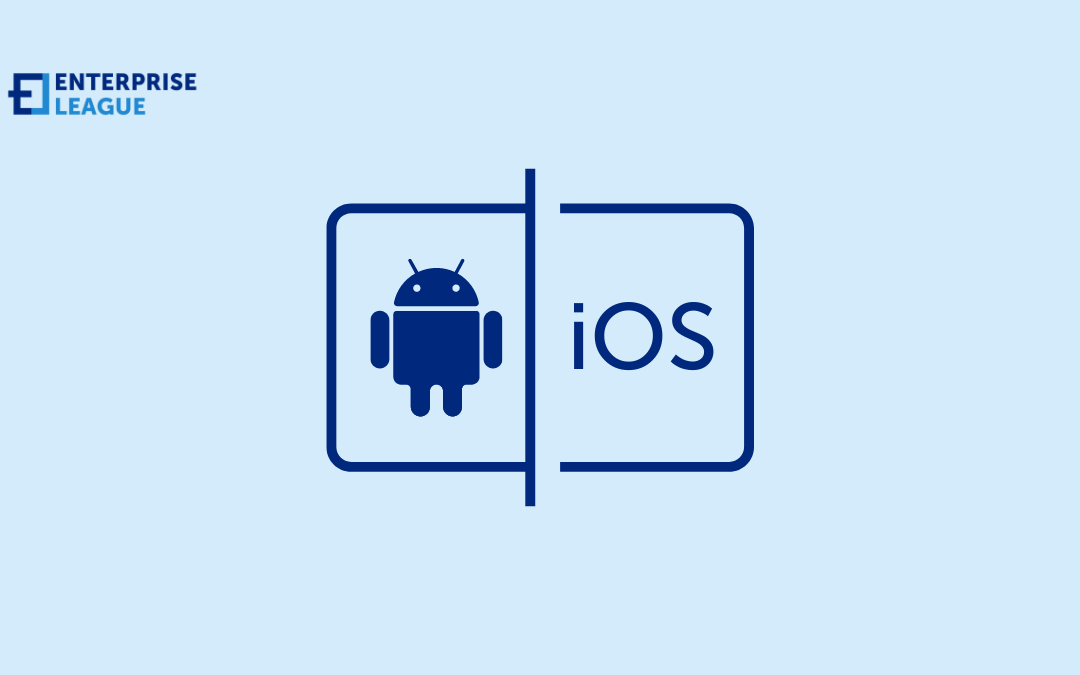
Development of Android and iOS applications: What are the differences?
Development of Android and iOS applications: What are the differences?
June 26, 2024
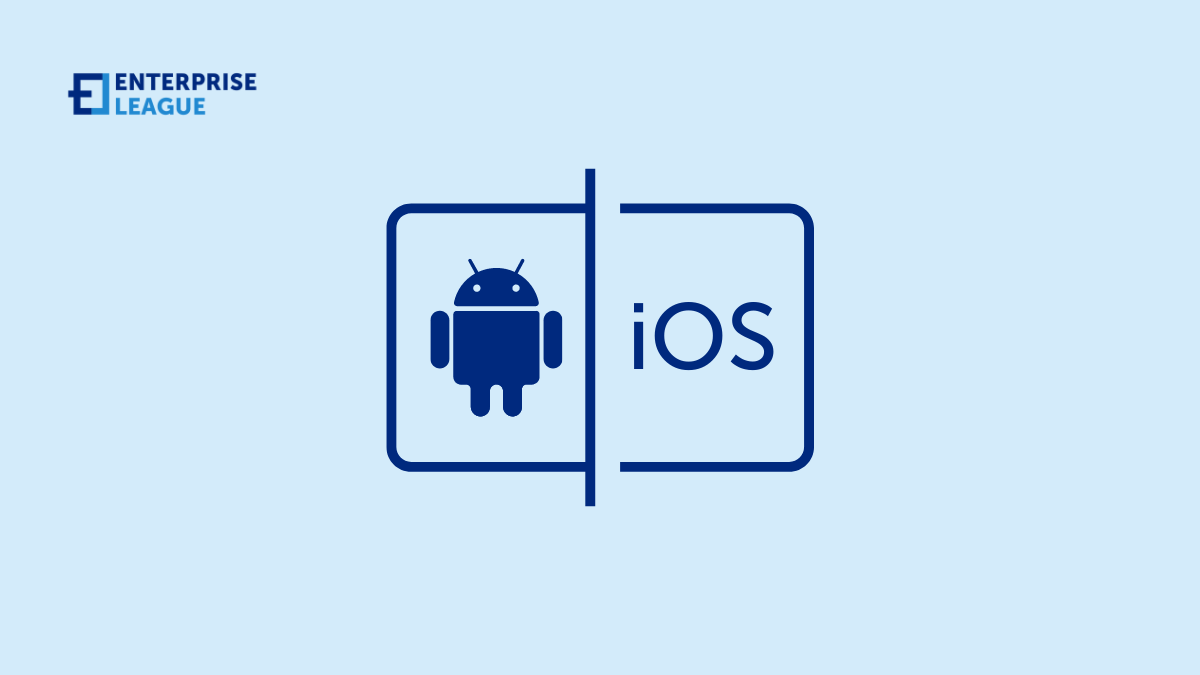
Android and iOS application development is a complex and long process that consists of several important stages, from developing an idea to programming and testing. Development for various platforms, such as Android and iOS, has its own characteristics and nuances and is best entrusted to a reliable software product development company. In this article, we will look at the main differences in developing applications for these two operating systems.
Differences in the development of Android and iOS applications
Understanding the differences in Android and iOS development will help you more accurately determine the right platform in accordance with your business needs and the desired application functionality.
Technology stack
First, let’s define the features of selecting technologies and programming languages for developing applications for Android and iOS, respectively.
Choosing technologies for android development
We recommend analyzing three important aspects of developing mobile applications for the Android OS.
- Main features of the development: Among the main advantages of developing on Android are the flexibility and freedom to choose technologies, tools, and resources, the openness of the platform itself, as well as a huge community of developers for support and collaboration. At the same time, this platform is fragmented, meaning developers have to adapt the application to different devices and OS versions. There may also be security and compatibility issues due to the open nature of the platform.
- Programming languages: Two programming languages can be used for Android development: Java, a mature language with a large global community, and Kotlin, a modern, concise, and secure language that is becoming more and more popular every year.
- Tools: The most common tool for creating solutions for the Android OS is Android Studio, the official IDE from Google, powerful and feature-rich.
Also, quite often, developers use flexible, but slightly cumbersome XML and SDK to implement user interfaces – a set of tools for accessing hardware functions on Android devices.
Choosing technologies for iOS development
Now let’s analyze the same aspects of iOS development.
- Main features of the development: The main advantages of developing on iOS include, first of all, tighter control over the design and functionality of applications (compared to Android). Thus, developers can use Apple’s official guidelines to ensure that their applications fully comply with the platform’s concept. It is also impossible not to note the high level of security and compatibility due to the closed nature of the platform. However, all these advantages also have a downside: development teams receive less flexibility and freedom in choosing technologies, tools, and resources.
- Programming languages: iOS supports two programming languages. The first is Swift, a modern, concise, and safe language that is evolving very quickly. The second is Objective-C, a mature language that is still used in many existing applications.
- Tools: iOS offers developers several proprietary solutions for creating applications. The first is Xcode, Apple’s official IDE, powerful and integrated with the iOS ecosystem. The second is Storyboards, a visual tool for developing user interfaces that is considered easy to use, but at the same time quite limited in terms of customization options. Third is SwiftUI, an innovative declarative framework for developing user interfaces, which is still in development and therefore may not have complete documentation and insufficient support. Finally, it is worth remembering several other frameworks, such as SwiftyJSON, Swift Algorithm Club, Alamofire, Lottie-iOS, and others
Application implementation speed
In fact, it is quite difficult to compare the speed of development on iOS and Android, since in each individual case different tools, programming languages , and approaches are used.
Duration of development on android
In general, Android app development is slightly faster than iOS, and here’s why:
- Android offers increased flexibility and freedom of technology choice;
- There are many free tools and resources available for Android;
- Android has a worldwide community for support and collaboration;
- Android is supported by many rapid development tools such as templates and libraries.
Duration of development on iOS
iOS app development can be slower than Android app development due to the following factors:
- Apple tightly controls the development process;
- The project team needs to adhere to numerous design guidelines;
- iOS has more difficult-to-use development tools.
On the other hand, such comprehensive platform control can simplify application testing and deployment procedures, so time savings can be achieved during these phases.
Android development cost
Android app development may be cheaper due to:
- Higher availability of Android developers in the global market of IT specialists – this significantly increases competition and contributes to a reduction in their average salaries;
- Moderate testing requirements due to a small number of devices and Android versions;
- Availability of free development tools from Google.
Cost of development on iOS
iOS app development usually costs more, and here’s why:
- On the international market, there are much fewer iOS developers than their colleagues specializing in Android development – in this regard, iOS development is somewhat higher;
- Many development tools, such as Apple’s Xcode, are paid;
- The testing process for this platform is more complex, as it is necessary to take into account the characteristics of different iPhone and iPad models.
Interface development on Android
Android offers increased flexibility in user interface design thanks to:
- XML markup, which allows comprehensive control over the layout and behavior of user interface elements;
- A wide range of available components and libraries for building complex user interfaces.
- However, this flexibility can lead to a more complex development process, as well as the need to pay much more attention to ensuring the visual and functional consistency of the interface across different user devices.
Interface development on iOS
iOS developers use Storyboards or SwiftUI to implement user interfaces, which offer:
- Visual (drag-and-drop) approach;
- Automatic adaptation of the interface to different screen sizes of iPhone and iPad devices.
- However, it should be noted that using these tools can limit flexibility, especially when it comes to complex and custom designs. You will definitely need a software product development agency with extensive experience in iOS development.
The application development process on Android and iOS also differs in testing, API availability, security principles, etc.
Conclusion
Android and iOS app development differ in several aspects. When choosing a platform, it is important to take into account their features, since the functionality of the future product, its flexibility, and security depend on this. Android offers more freedom and flexibility but also requires more effort to accommodate the variety of devices and OS versions. If you are looking for a reliable digital partner to entrust to him the full cycle of developing a mobile solution for your business or its individual stages, we recommend paying attention to Temy. This is a reliable software product development firm with extensive experience, since Temy has been on the market since 2014.
More must-read stories from Enterprise League:
- Debunking the most common myths of entrepreneurship.
- Innovative customer appreciation ideas for small businesses.
- The only list of novels for entrepreneurs that you will ever need.
- Innovative small business growth tips that will take you to the next level.
- Tactics for using TikTok marketing for your small business successfully.
Related Articles
29 starting a business quotes to inspire you
25 inspirational trust quotes for business (2025)
Trust is the foundation of every interaction and every decision and with that we’ve made a list of 25 inspiring and motivational trust quotes for business.
33 Monday motivation quotes for business (2025)
Since Mondays can be tough we understood the assignment and made a brand new article with Monday motivation quotes for business that’ll give you an extra boost.
29 powerful business development quotes for strategic growth
Find clarity in your business growth journey with these 29 powerful business development quotes that cut through the noise and deliver real-world guidance.
27 powerful business encouragement quotes for tough times
Level up your business game and mindset with these 27 hand-picked business encouragement quotes from entrepreneurs who’ve turned challenges into success.

